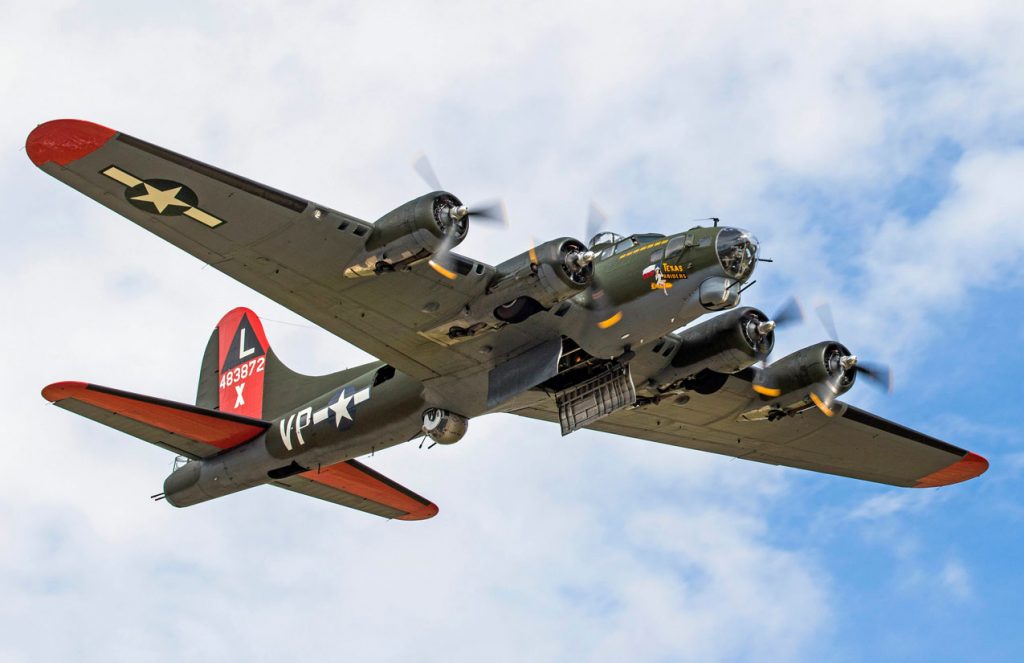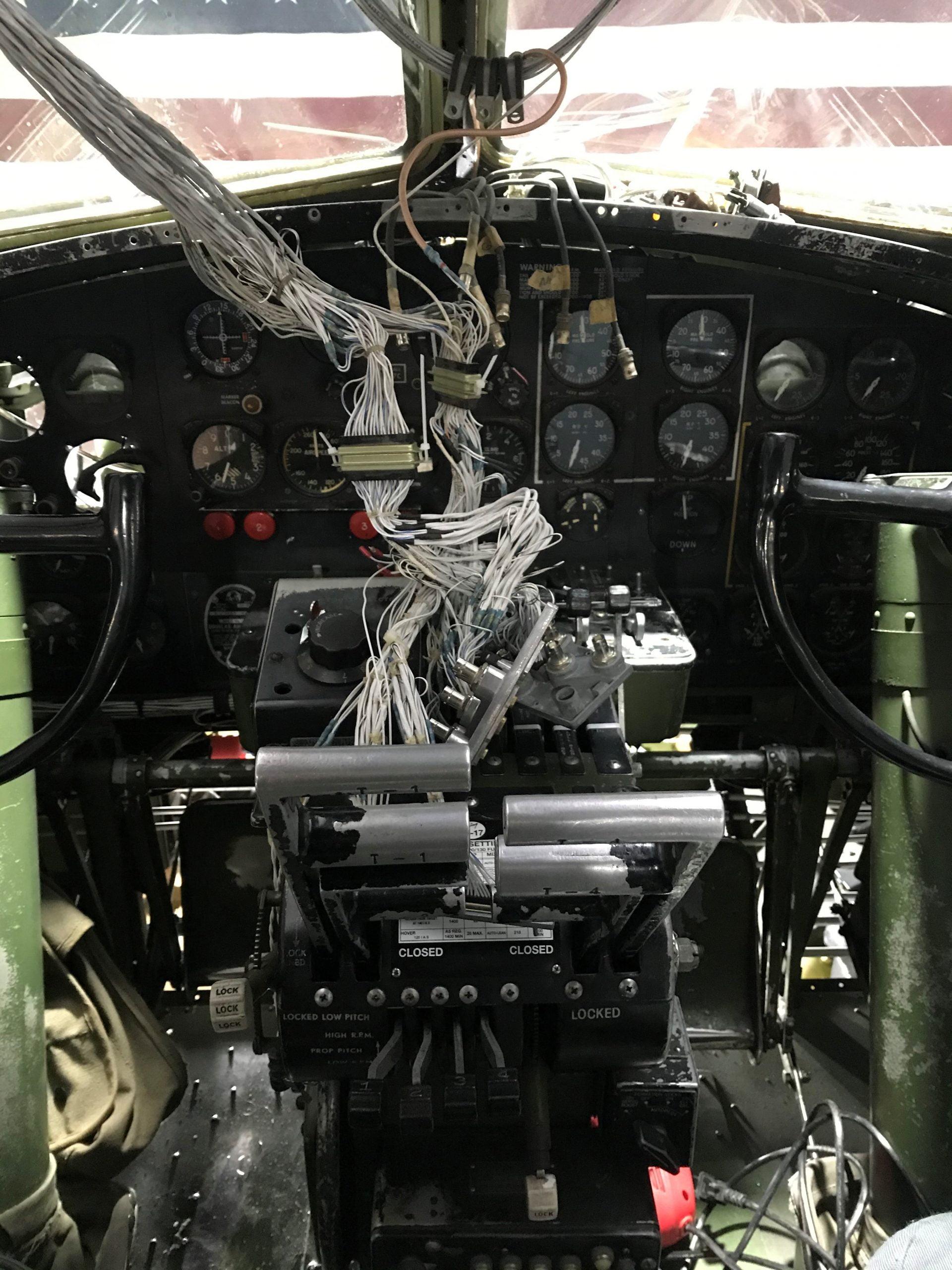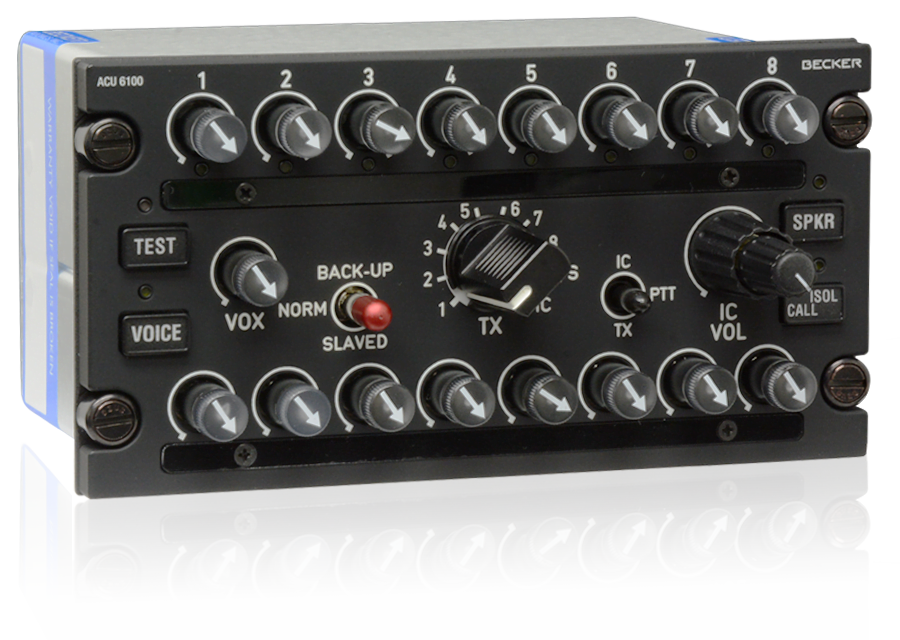B-17G Flying Fortress Texas Raiders
B-17G Flying Fortress Texas Raiders is one of the most recognized and popular warbirds currently flying. Texas Raiders was the first Flying Fortress acquired by the Commemorative Air Force solely for the purpose of restoration and use as a flying museum. The aircraft has been restored to wartime configuration by an entirely volunteer group of dedicated supporters, and has been on her mission to Educate, Inspire, and Honor for the Commemorative Air Force for over 50 years.
Becker Avionics and the Commemorative Air Force are teaming up to upgrade the B-17G Flying Fortress Texas Raiders’ current avionics with a new Becker Avionics DVCS avionics system.


Replacing the old B-17G intercom system with a brand-new Becker Avionics, Bluetooth capable DVCS6100 will allow crew members to effectively communicate over the noise of the 4 “Cyclone” turbosupercharged radial engines. Crew members in the nose, on the flight deck, and in the waist will all be able to converse clearly with each other. As such, the DVCS6100 is a critical crew resource management tool and safe operation apparatus.
The B-17G Flying Fortress Texas Raiders
B-17G Texas Raiders was acquired by the Commemorative Air Force in 1967. In 1974 the aircraft was assigned to the Gulf Coast Wing and has proudly operated Texas Raiders ever since. In 2001, when the FAA opened the Living History Flight Program for warbirds, Texas Raiders was one of the very first, allowing for passenger flights starting on April 29, 2001. Since that fateful day, Texas Raiders has treated thousands of riders to a unique experience they will remember vividly for the rest of their lives.

The Becker Digital Voice Communication System DVCS6100 is a fully ETSO and TSO certified state-of-the-art airborne digital audio selector and intercom system. Designed for both fixed and rotary wing aircraft, the DVCS6100 delivers crystal-clear voice communication quality, a proven Man-Machine-Interface (MMI), unsurpassed reliability, and remarkable scalability and flexibility through its fully configurable software platform.
The DVCS6100 from Becker represents a monumental step forward for current users of legacy analog systems and a logical choice for any aviation professional looking for digital audio solutions.
Commemorative Air Force
EDUCATE, INSPIRE, AND HONOR THROUGH FLIGHT AND LIVING HISTORY EXPERIENCES.
What started with a single plane and as a hobby became an urgent objective to preserve the history of World War II era warbirds. Decommissioned and stripped of armament and instruments, most of these proud warriors were scrapped or abandoned.
On September 6, 1961, the CAF was chartered as a nonprofit Texas corporation to restore and preserve World War II-era combat aircraft. Collecting aircraft for nearly a half a century, the CAF now ranks as one of the largest air forces in the world. Today the CAF has approximately 13,000 members and a fleet of more than 175 aircraft representing more than 60 different types—including planes from several foreign countries and other military conflicts since World War II.
